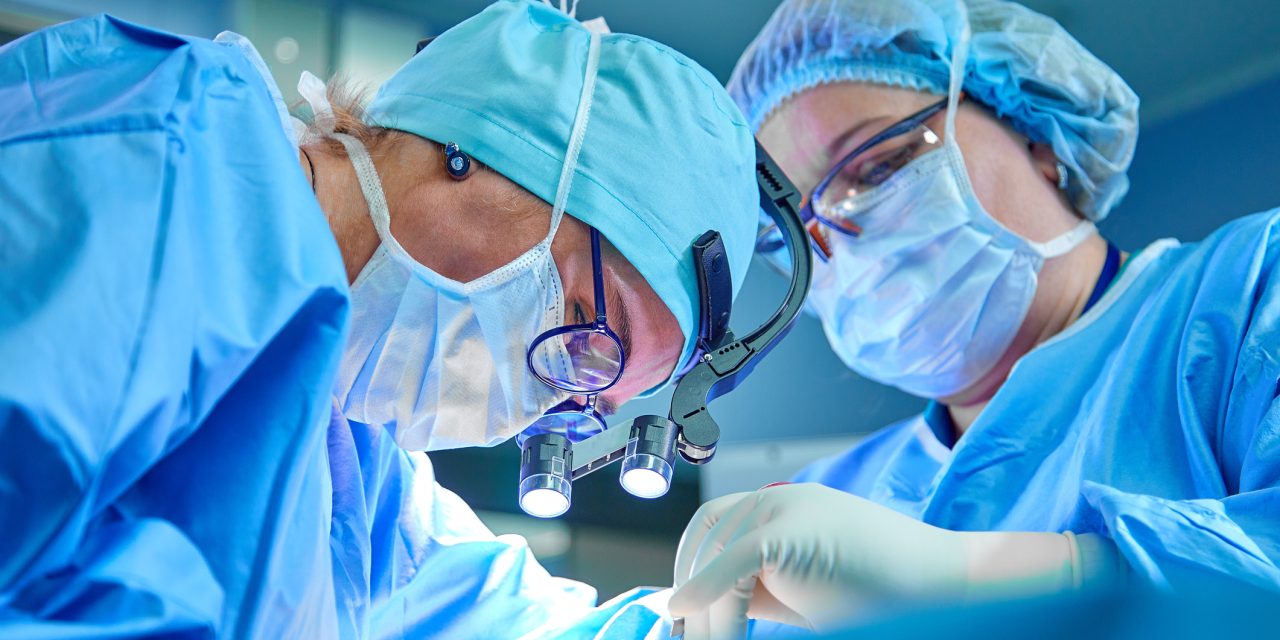The study aims to understand the efficiency of using MFM in treating type B aortic dissection in patients at a single center.
The study covered 23 patients in 36 months with type B aortic dissections. Two cases were acute, 16 were chronic, and five were subacute. The primary endpoint of the study was dissection-related death, rupture, reintervention, and overall mortality. The secondary endpoints were the clinical success, adverse events, and aortic remodeling. The researchers collected imaging data and clinical data before the treatment, post-operation, and annually for three years and used CFD for analysis.
The clinical success was 91.3%. At 12 months, there was a 100% freedom from aortic or rupture related death. 95.7% were free from overall mortality, and 91.3% of individuals were free from reintervention. There was no incidence of systemic complications or device-related neurological problems. There was no requirement for additional reintervention during follow-ups. The morphologic analysis showed an increase in true lumen volume and a decrease in false lumen volume. There was an increase in laminar flower, as per CFD analysis.
MFM is a feasible and safe treatment for chronic, subacute, and acute type B aortic dissection. It has higher clinical success, active aortic remodeling, and low mortality. Further research is essential for determining the long-term safety of the procedure.
Ref: https://journals.sagepub.com/doi/abs/10.1177/1526602820950720


